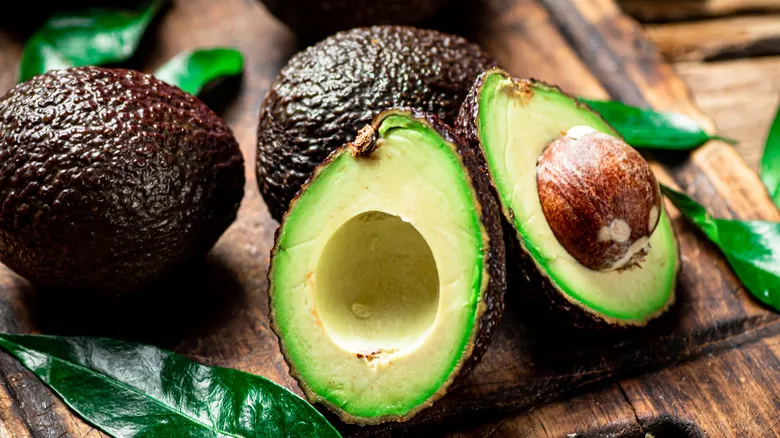The dangers of listeria (and other foodborne pathogens)
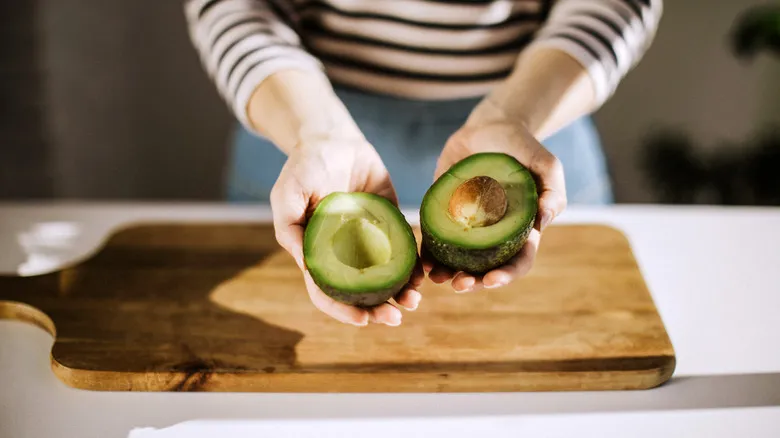
You might assume that the issue with this hack is superficial and that you can easily wash away harmful bacteria from the avocado's exterior before placing it in water. However, that assumption is incorrect. For instance, a study by the FDA discovered that 18% of avocados tested were contaminated with Listeria monocytogenes, the bacteria responsible for listeriosis. This is a significant percentage, particularly given the severity of this pathogen. Listeria can lead to common food poisoning symptoms like nausea and stomach discomfort, but it can also result in more serious complications, especially for individuals with compromised immune systems and pregnant women.
The obvious response to this concern might be to thoroughly clean your fruit before immersing it. However, soaking the avocado in water allows any lingering traces of the bacteria on the surface to seep through the skin and into the fruit's flesh, meaning a simple wash won't eliminate the risks associated with this storage method.
Moreover, placing your avocados in water essentially creates an environment conducive to bacterial growth, heightening the chances of illness. Listeria isn't the only bacteria to be cautious of; pathogens like salmonella also pose a threat when it comes to avocados, as salmonella flourishes in moist conditions, enhancing its survival on the surface of your food. So, the next time you purchase avocados, consider rethinking this TikTok hack and opt for a safer storage method instead.
How to properly store your avocados
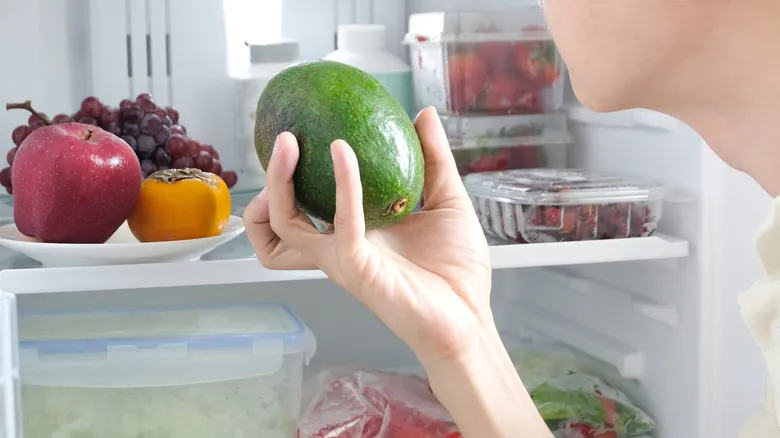
This doesn’t imply that you can’t prolong the freshness of your avocados. After all, this delicious fruit deserves better than to spoil on the countertop. There are countless guacamole recipes to explore (Ina Garten has a particularly easy and clever one), and an abundance of Instagram-worthy avocado toast to enjoy. So, what’s the best method for storing your avocados? Here are some essential tips to consider.
For unripe (and uncut) avocados, simply leave them on the counter until they ripen. Once they’re ripe, it’s best to consume them quickly. You can also refrigerate them to extend their shelf life, but it’s ideal to eat ripe avocados within a few days. Don’t procrastinate with your ripe fruit! If you need to store cut avocados, definitely keep them in the fridge, either in a sealed container or wrapped in plastic. A splash of lemon juice can help prevent browning. However, it’s still advisable not to leave these avocados in the fridge for too long. For smashed or cubed avocados (like guacamole), make sure to create a barrier around them. Storing them in an airtight container will help minimize spoilage.
Recommended

The Easy Hack To Keep The Temperature Down In Your Cooler
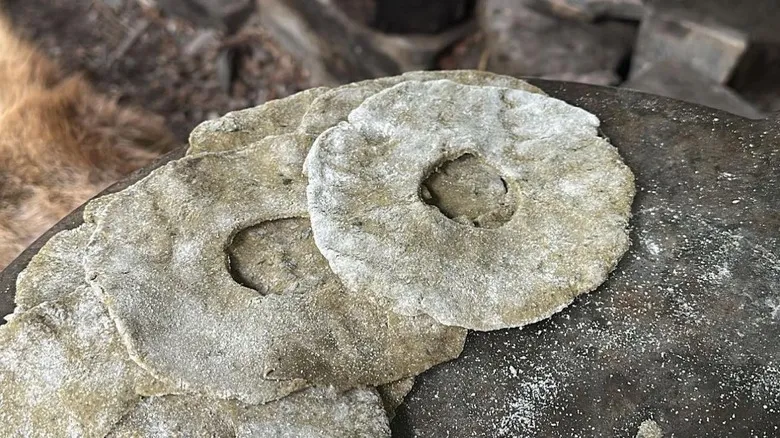
How Vikings Stored Their Bread And Why It Worked
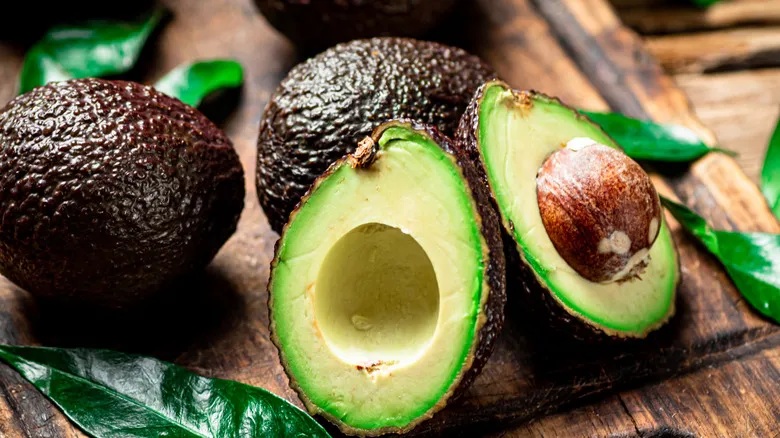
The Avocado Ripening Hacks You Shouldn't Trust

The Best Blueberry Storage Is Also The Easiest
Next up

